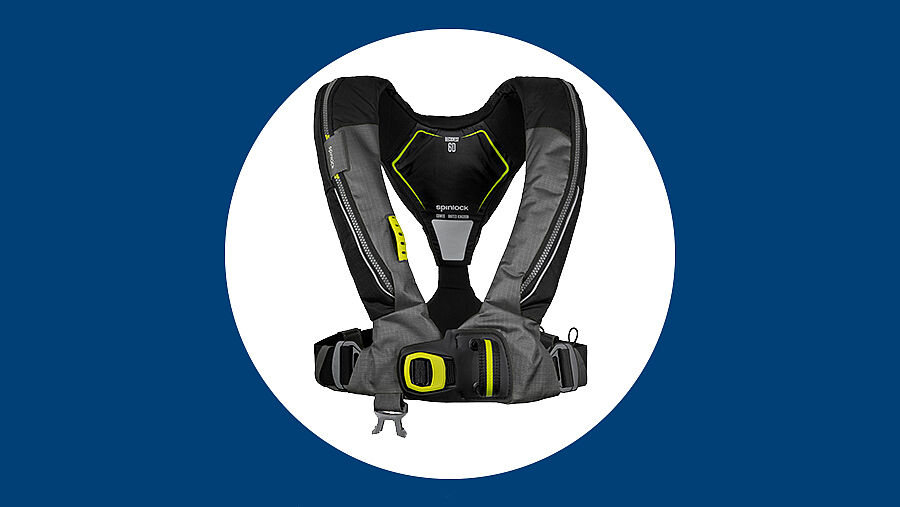Are lifejackets mandatory in the UK on leisure craft and watersports equipment? Do you have to wear one all the time whilst on board?
When sailing or boating in UK waters lifejackets are not a legal requirement for leisure use. Some clubs, organisations, races and events may have their own rules in order to participate, which will usually require some type of flotation device to be worn. If operating commercially, for example a sea school, then it’s likely that lifejackets will be mandatory.
What are the safety requirements surrounding the lifejackets’ manufacture - what has to be included?
ISO (The International Organisation for Standardisation) has produced standards for almost all aspects of technology and manufacturing and introduced stringent modern testing procedures that lifejackets have to pass.
ISO12402 specifies how lifejackets worn for work or used for leisure should perform and sets out features that should be included in a lifejacket. It is important to remember that ISO12402 is not just one standard, it covers a range of different types of Life Saving Apparatus. ISO 12402 covers a range of lifejackets and buoyancy aids for inflatable lifejackets to which the standards listed here apply.
- ISO12402-2 = 275N of Buoyancy (Increased buoyancy - mainly commercial)
- ISO12402-3 = 150N of Buoyancy (most common for leisure lifejacket)
- ISO12402-4 = 100N of Buoyancy (Junior life jacket)
- ISO12402-5 = 50N of Buoyancy (Buoyancy Aid)
Are there different types to choose from and what do you recommend?
Spinlock have a range of lifejackets to choose from. Our most popular lifejacket for leisure sailing is the Deckvest 6D. This lifejacket comes with everything you need to go sailing, including lights, deck safety harness and a sprayhood. We developed the Deckvest VITO from our work with the Volvo Ocean Race sailors and so it is a high performance, full spec offshore lifejacket and popular with offshore sailors participating in the Fastnet Race and other offshore races. Our simple lifejacket, the Deckvest LITE is as its name suggests, extremely lightweight and low profile which makes it popular for inshore sailing, fishing and powerboating and generally wearing for a day on the water.
All of our lifejackets have been developed with comfort, fit and adjustment in mind coupled with a high design finish, with great colours and quality fabrics. Whilst the performance of the lifejacket is essential, it is fair to say that, using a lifejacket that is enjoyable to wear means you will put it on sooner and keep it on for longer.

